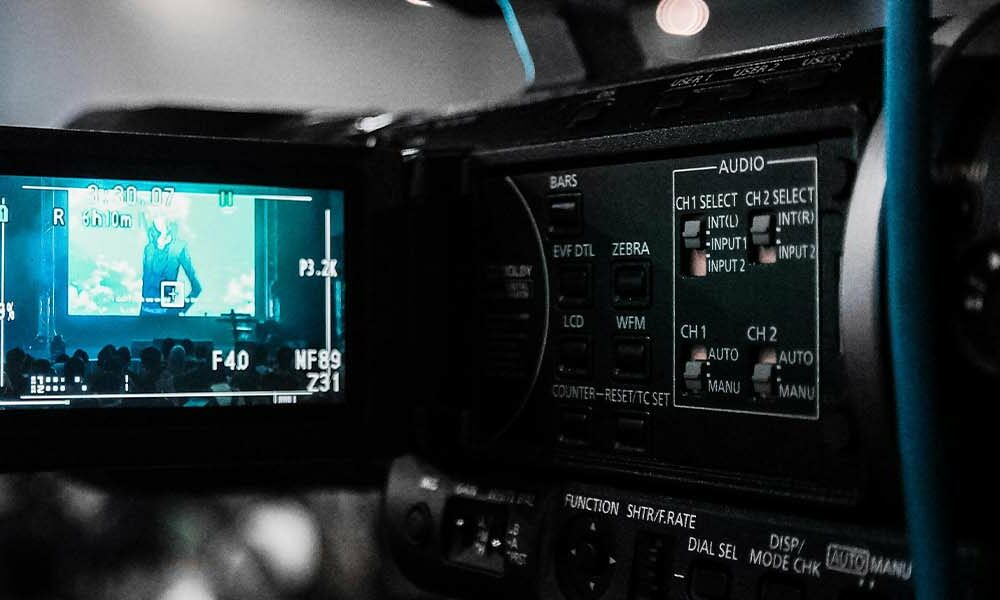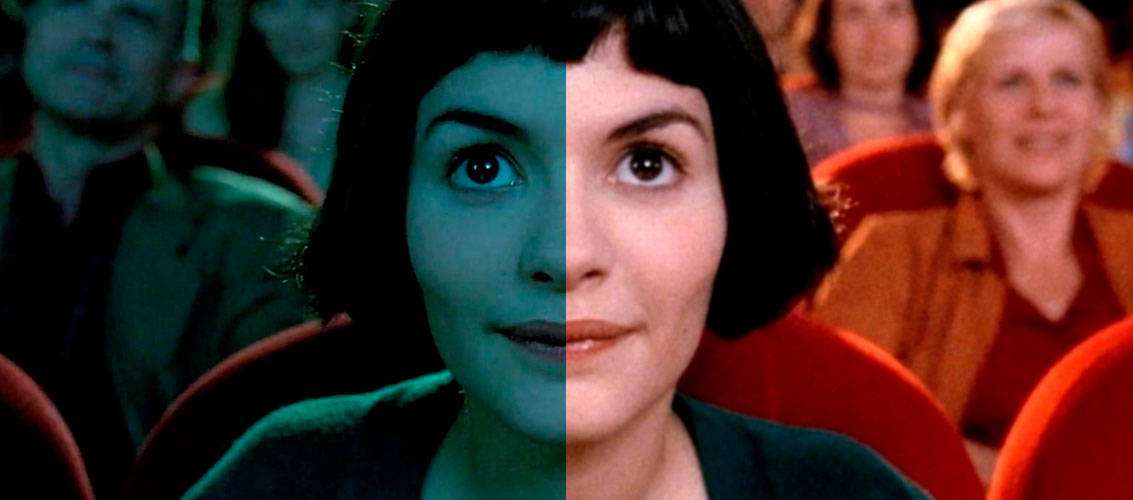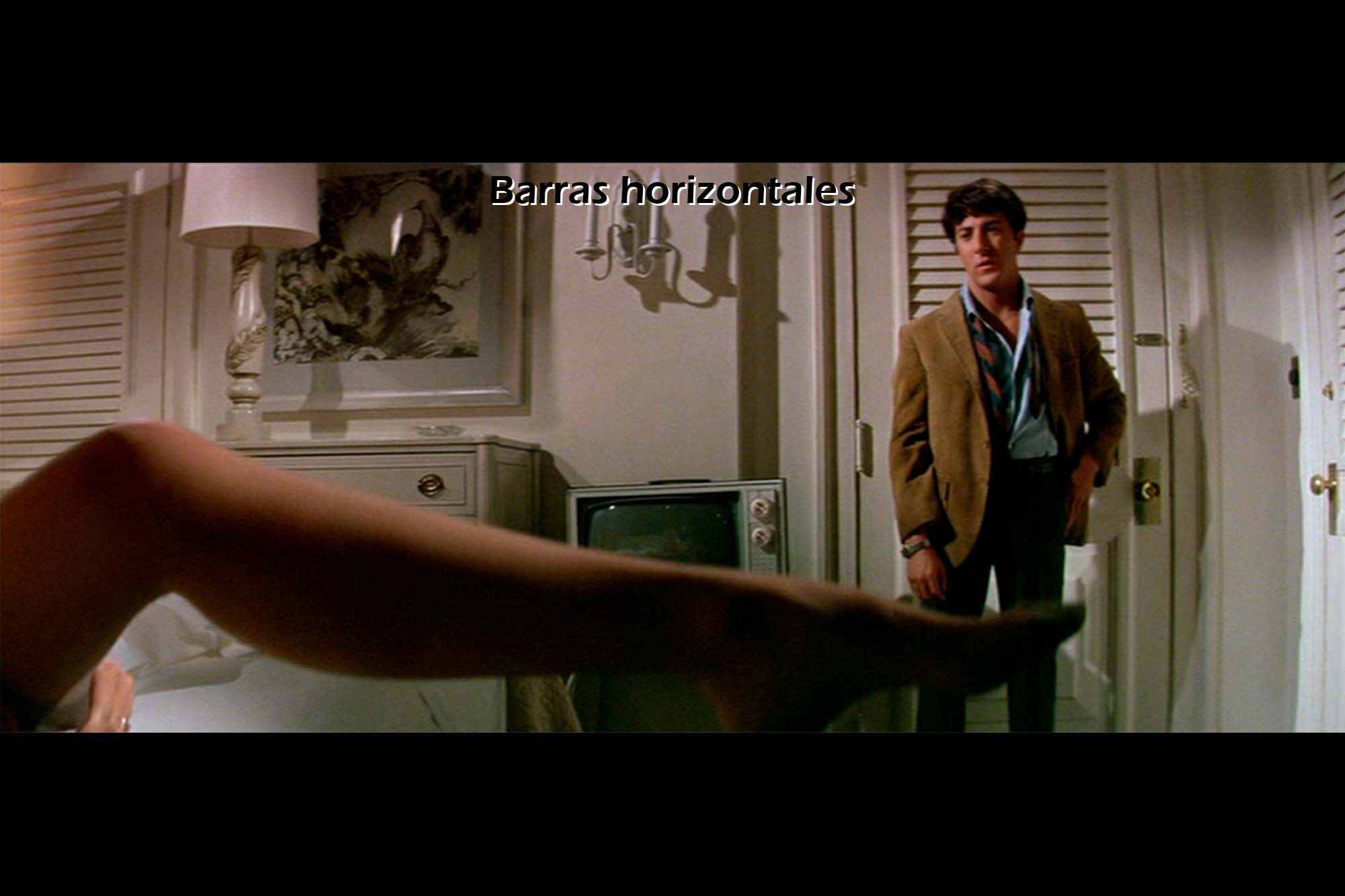What is “Cinema Mode” in your TV settings? Should you use it?
- March 10, 2024
- 0
When we’re talking about something called “Cinema Mode”, it’s likely that the first thing that comes to mind for many people is to supplement the experience of watching
When we’re talking about something called “Cinema Mode”, it’s likely that the first thing that comes to mind for many people is to supplement the experience of watching

When we’re talking about something called “Cinema Mode”, it’s likely that the first thing that comes to mind for many people is to supplement the experience of watching a movie on TV with a penny of popcorn (which is more or less the amount of popcorn). which we can make at home on the same budget we need to buy a medium container at the cinema) and a giant Coke soft drink. No objections, although I’ve always been more of a bag of chips and orange soda since childhood.
But no, we’re not talking about gastronomically trying to bring the experience of watching a movie in the cinema to our homes, even though you can already buy microwave popcorn with truffle essence… no, we’re talking about transferring the key element that is the visual experience , something that seems really simple given the characteristics of today’s TVs, increasingly faster and with more features to improve, right? Well, the truth is, no.
On the contrary, although it may surprise you, There are many enhancements that actually “degrade” the desired quality audiovisual work. And what is the required quality? In short, the way those responsible for the technical part of recording and editing the film want it to be seen, from the aspect ratio to the use of certain lighting settings, there are many factors that are not left to chance, but are the result of a very specific intention .

An example of how annoying automatic image “enhancements” can be. Image: Amelie, 2001.
Image above, adapted from Amelie (Jean-Pierre Jeunet, 2001) shows very clearly, what I mean. As you can see, the left side shows us what Jeunet (who has always been particularly detailed when it comes to the visuals of his films) wanted us to see when Amelie breaks the fourth wall in the cinema to tell us one of those things he likes to do . To the right of it you can see the automatic post-processing effect, which tries to reduce the blue cast (which is intentional), slightly adjust the lighting (which is also intentional), and make some adjustments that “fix” other elements (which… yes, those are also intentional).
That the jump from the big screen to the small translates into visual adaptations (in some cases, true crimes) it’s nothing new. What’s more, when television was seen as a threat to the continuity of cinema (yes, that happened), production companies and theaters opted for more and more panoramic formats that could not be reproduced on televisions of the time. In response to this, a technique called pan & scan was chosen in the United States, which basically consists of cropping part of the sides of the image until the result fits the aspect ratio of the TV.
Needless to say, this outraged quite a few directors., perhaps setting one of the initial precedents for the advent of the cinema mode. The interesting thing is that in Europe a much simpler and undeniably correct solution was chosen: the famous black bars that appear above and below the image. And it may seem like I’m saying it’s better out of a kind of Eurochauvinism, but below this paragraph you can check the difference between pan & scan and black bars in one of the most memorable images from The Graduate (Mike Nicols, 1967), with a signal for displays with a 3:2 aspect ratio



As you can see, pan & scan basically consists of mutilating the image. Of course, another option was also explored in these years, consisting of horizontal compression of the image until it matches the required aspect ratio. Let’s look again at the effect of taking the original and converting it to a 3:2 aspect ratio.

It is not necessary to be an image purist to conclude that this method does not sacrifice part of the image, but distorts it until it becomes something that, because it is totally unreal, becomes grotesque. When you see this, do the horizontal stripes not seem like a bad idea anymore?
I will return to what concerns us, to the cinema mode, which you can also find in the settings of some TVs as “Filmmaker Mode”which is an initiative started some time ago by professionals and studios who see how automatic image quality enhancement functions translate in many cases into substantial image modification as conceived by its creators, which can completely destroy the basic intent of said technical-artistic decisions.
In response to this demand, and especially as TVs became more intelligent in terms of automatic image post-processing, the Filmmaker Mode initiative was born, which invokes certain image settings for watching movies when they hit theaters. This configuration includes several settings that are listed on the initiative’s website:
Disables all post-processing (eg motion smoothing) for SDR and HDR content, while maintaining correct aspect ratios, colors and frame rates for a better cinematic experience on Ultra HD TVs.
Image and display parameters
By selecting cinema mode in your TV settings (if of course it has one), you will automatically edit all the points shown in the previous list this way to enjoy the content more or less as its creators intended. And why “more or less”? Well, because of course, with a few exceptions, everything was designed mainly to be seen on a giant screen in the dark. But of course, the technology still doesn’t offer the possibility that a 42-inch TV could expand to the size of a movie screen and that it could also temporarily eliminate all light sources that surround it.
Is it worth using cinema mode? The short answer is yes, because all the aspects you take care to preserve can play a key role in the transmission of information. The most extensive yes, but with exceptions.. The main one, in addition to those related to certain visual handicaps, is undoubtedly related to the lighting of the space in which we will watch the film. If we can recover the (poor) cinema lighting, then we should definitely use cinema mode. However, in bright environments/moments, this can result in darker images becoming virtually unnoticeable.
Source: Muy Computer
Donald Salinas is an experienced automobile journalist and writer for Div Bracket. He brings his readers the latest news and developments from the world of automobiles, offering a unique and knowledgeable perspective on the latest trends and innovations in the automotive industry.